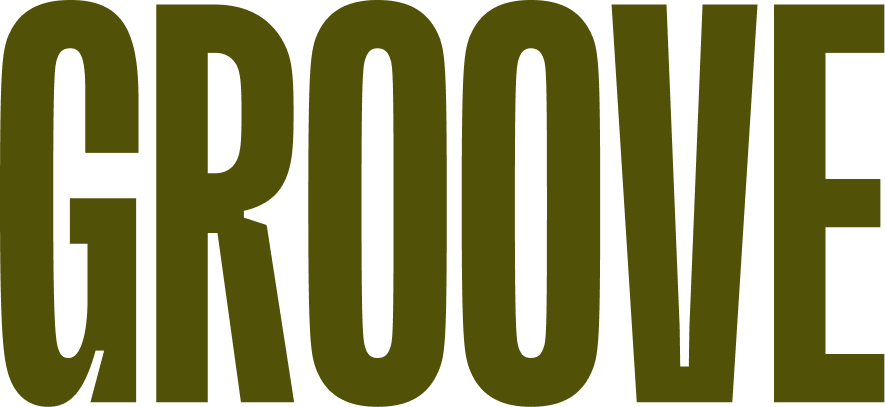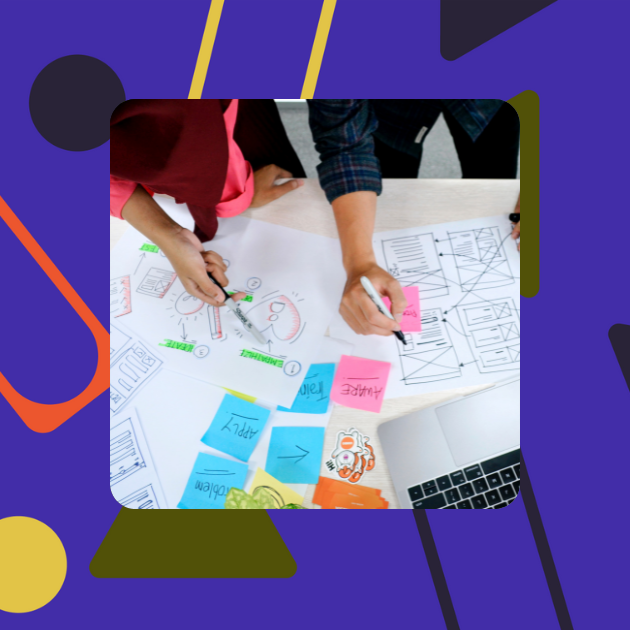
Going from zero to one requires a laser focus on just these key things
The starting line
I first met Groove’s founders for a design brainstorming session over Zoom during one of the COVID lockdowns. Josh and Sruli had started working on their idea of a social coworking platform, but nothing really concrete had been built yet and they were looking to start crafting a unique experience delivered through a mobile app. Together we began with that starting point, and it would turn out to be the beginning of a far-reaching vision.
I’m a product designer — I help founders and teams create effective and empathetic interfaces between humans and technology. My favorite ideas to bring to life are those that fearlessly tackle meaningful challenges, and clearly this one was going for a jugular. Most founders and designers know that building something truly innovative requires risk taking and perseverance. But the best know that it’s also impossible to succeed without aiming a laser focus onto what really matters. In our first meetings we asked ourselves:
When do we feel the most supported by others? The most social? The most productive?
We could all say about ourselves:
“I feel a profound impact in my productivity when I feel connected with other people”
We knew we wanted to create something which wouldn’t be another one of hundreds of productivity apps — for us, real productivity at work comes when we feel connected with others and emotionally or mentally “alive”. This had become especially true during the pandemic, when large swathes of people were working from home and struggling with isolation, low motivation, and distractions. None of these could be addressed by looking narrowly at productivity in the traditional sense.
Going to the heart of productivity
Conventional productivity aides tend to work at the level of willpower: The common theory seems to be that if you have your to-do list set up in the morning and you increase your willpower so you can ignore all distractions, you will be able to power right through that to-do list during the day — leading to success in work and life.

But our own lived experiences told us this wasn’t the whole story. To-do lists and timers only work well if you’re already motivated and supported in your work environment. True productivity is an “inside game”- an emotional state where we feel supported and connected, and that allows us to rise to meet the goals we set for ourselves. It can be helped by, but isn’t driven by external reminders, timers, or notifications.
We asked ourselves further: what could we build, right now, that could immediately start to bring people together socially, in a way that would be enriching to their workday rather than distracting them from it? How could we start planting seeds of joy into this experience? How could we help people nurture each other’s full humanity at work, rather than just their task lists?
Designing with community
Having only eensy weensy amounts of data at our disposal, we did the healthiest thing that a nascent company in this situation can do: we turned to our early enthusiasts. We listened while colleagues and friends told us about their workday struggles, and we built an uber basic version of our app (with zero bells and whistles) — just a simple meeting place for strangers or friends to come together for 50 minutes uninterrupted. We asked them to Groove with us on the platform and be brutally honest with us about it.
A common thing people said to us about working from home, or working alone was:
“The days just feel neverending…. I can slide in and out of things and all of a sudden I’m on Facebook.”
And about Groove:
“This gives me structure and accountability.”
“It’s sort of part accountability, part thought-partner group — that makes it interesting for me.”
“Accountability is a big part of it. Something nice about saying out loud…’This is what I’m working on, this is how I’m accomplishing it…’
Pixel by pixel, day by day, this community helped us build something that made sense and began to bring real value. They helped us work out sticky questions like:
Just how social do you want to be when you’re working? (Answer: Quite social actually! So we built an in-Groove chat feature without “pings” so you can interact quietly.)
How can everyone share goals in a Groove — which helps with accountability — but without it being either awkward or a time-suck? (Answer: A little visual indicator to show who should be speaking reduces jitters you might get from introducing yourself to new people…)
As each week went by, we’d tweak and release a new improvement, and pose a question to our members, “Hey, what do you think of this?” They are all sorts: creatives, work-from-home or work-aloners, freelancers and employees, solo-preneurs, technology enthusiasts and developers. Their answers are always helpful and our little community is growing to include more diverse voices. For me, the best part of this process has been that I far prefer designing with a community rather than for an audience. In all the ways that we make true progress in society and life — be it in technology, health, the arts, or any other domain — I believe the future is collaborative.
Onward from zero to one
The journey of zero to one and the huge demands in what it requires of teams making that leap is always on my mind. I find that these guidelines have been helpful to me along the way:
- Never assume that you know the answer or have the perfect solution to any challenge. It’s always better to ask for feedback.
- Less is more. Any MVP (minimum viable product) or MLP (minimum lovable product) always benefits from shaving off some functionality in order to hone and focus it onto the things it needs to do best. Yes, always.
- Hold community close. Who else is going to help you succeed sustainably? Nobody, that’s who.
- Manual is worth more than automated. In the early stages of building something, doing things the ol’ manual way is often a teacher of richer lessons. When doing things by hand rather than with automated processes, there’s more opportunity to discover new ideas or nuances. This includes things like outreach and some types of data gathering (and also relates to doing things that don’t scale).
I’m thankful to have been part of lots of startup journeys over the years. But what I find most rewarding about this particular zero to one process we’re on with Groove is that in this stage of rapid creation we’ve managed to build a strong core of smart people who aim to build each other up, while bringing their best to their work. So while “being more productive” is definitely something to strive for — Groove’s team and community broach the bigger root issue. When we don’t focus solely on tasks, and instead choose to also nurture our “self” that has shown up for work, we can be more productive, creative, and effective as a result.
Do you want to try Groove’s small group focus sessions? Sign up for Groove’s waitlist so you’ll be the first to know when you can try our app and join our work community of creatives around the world.


